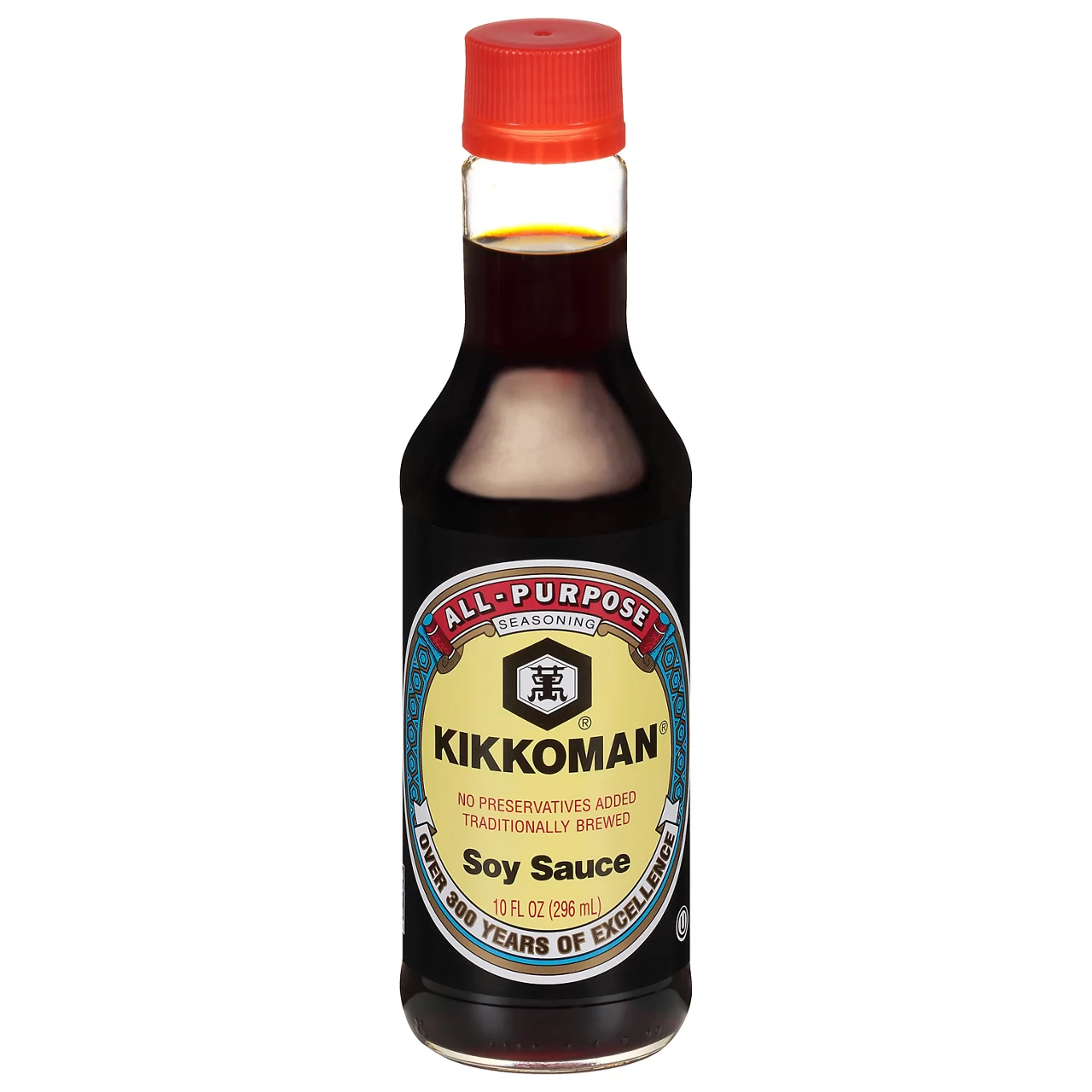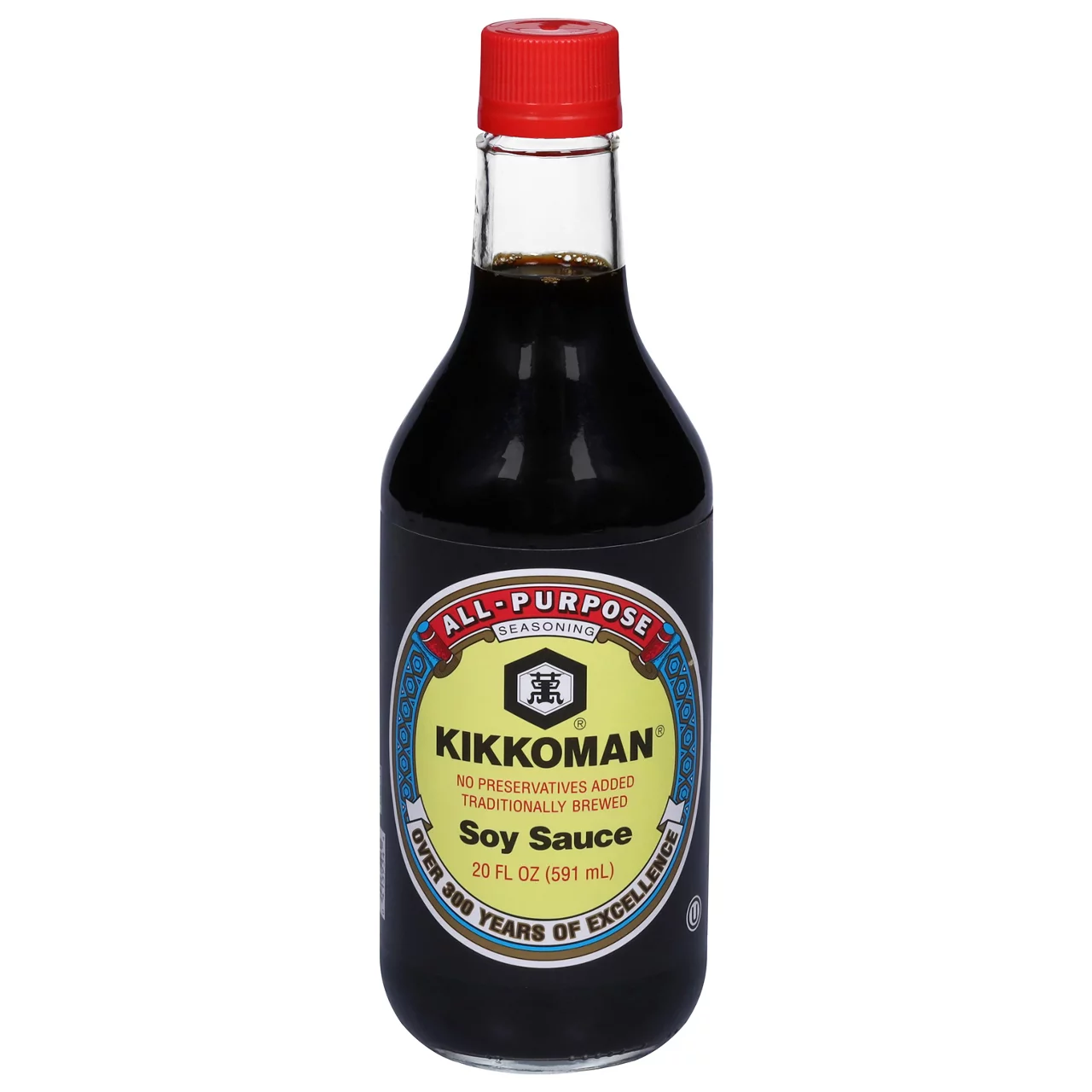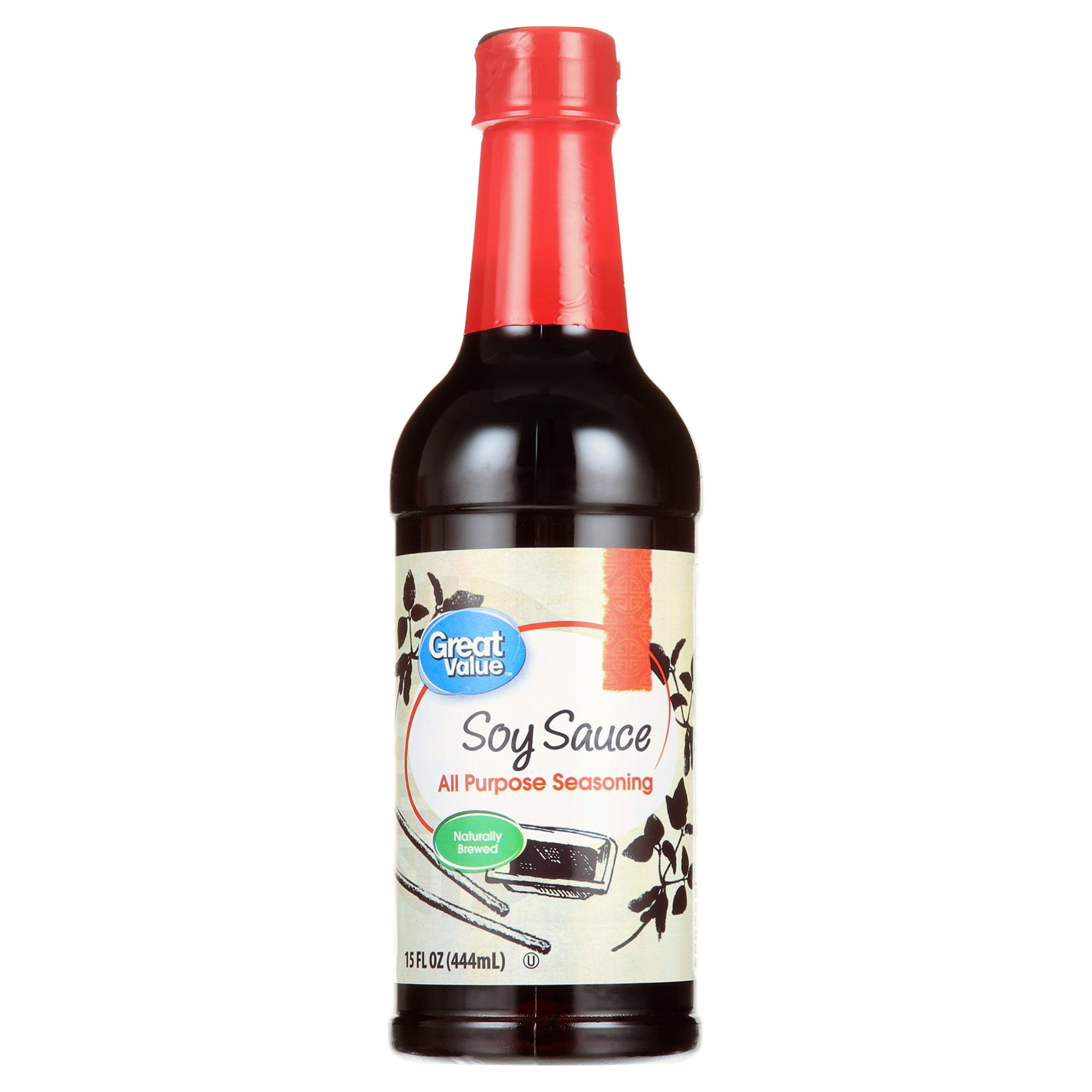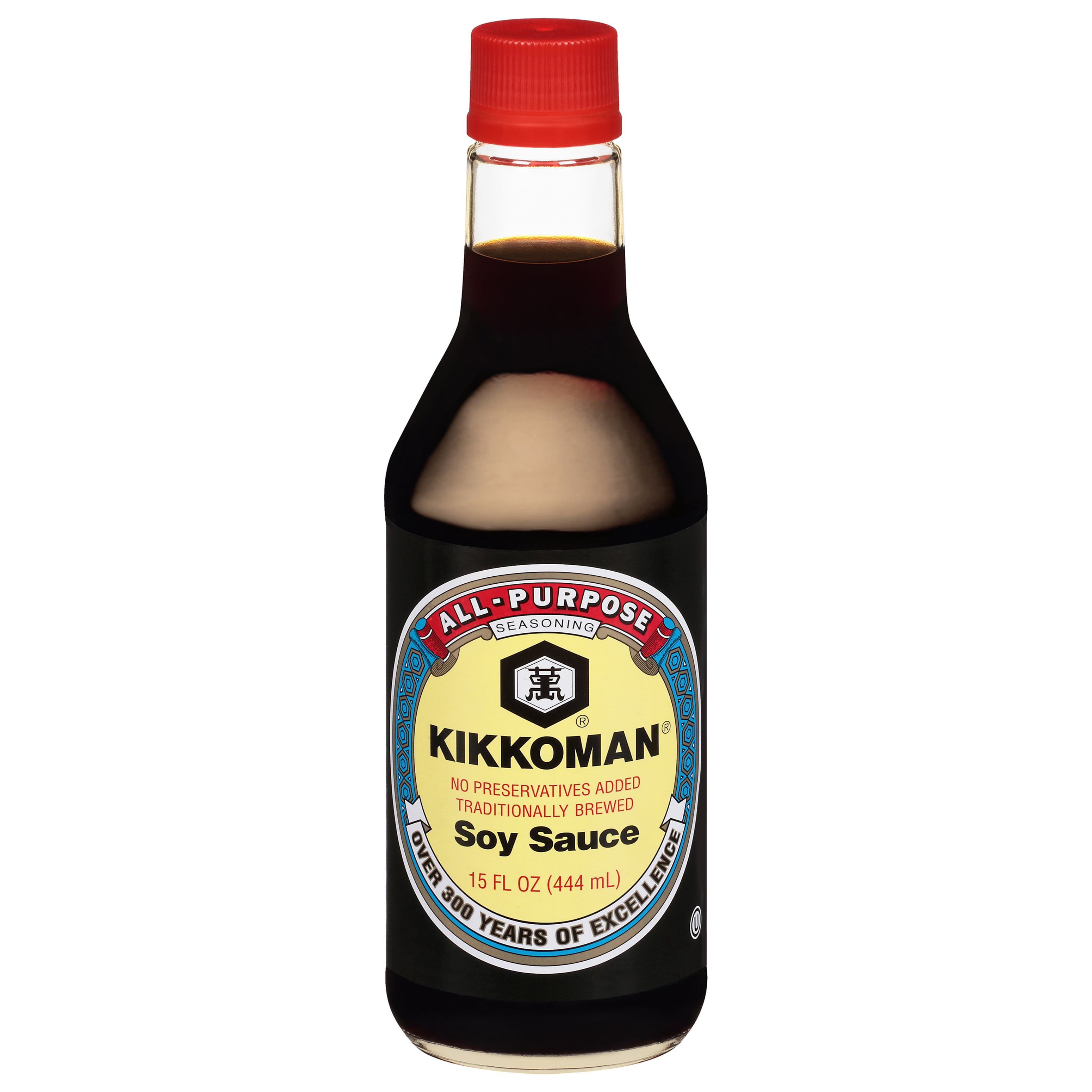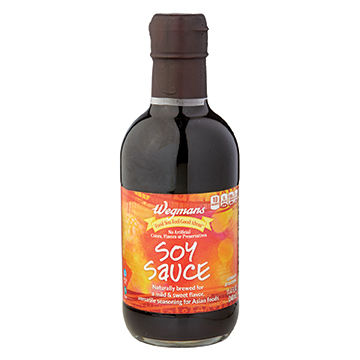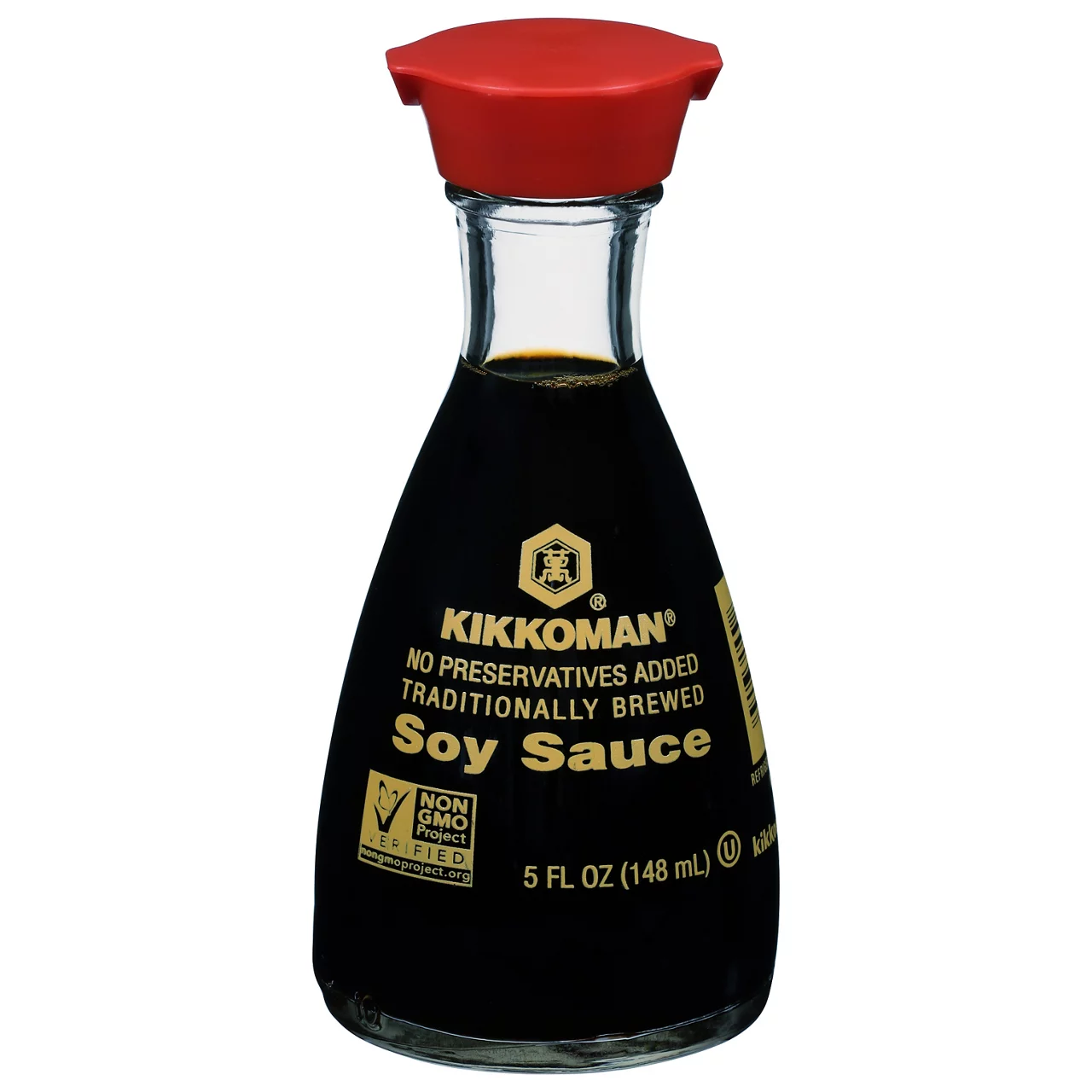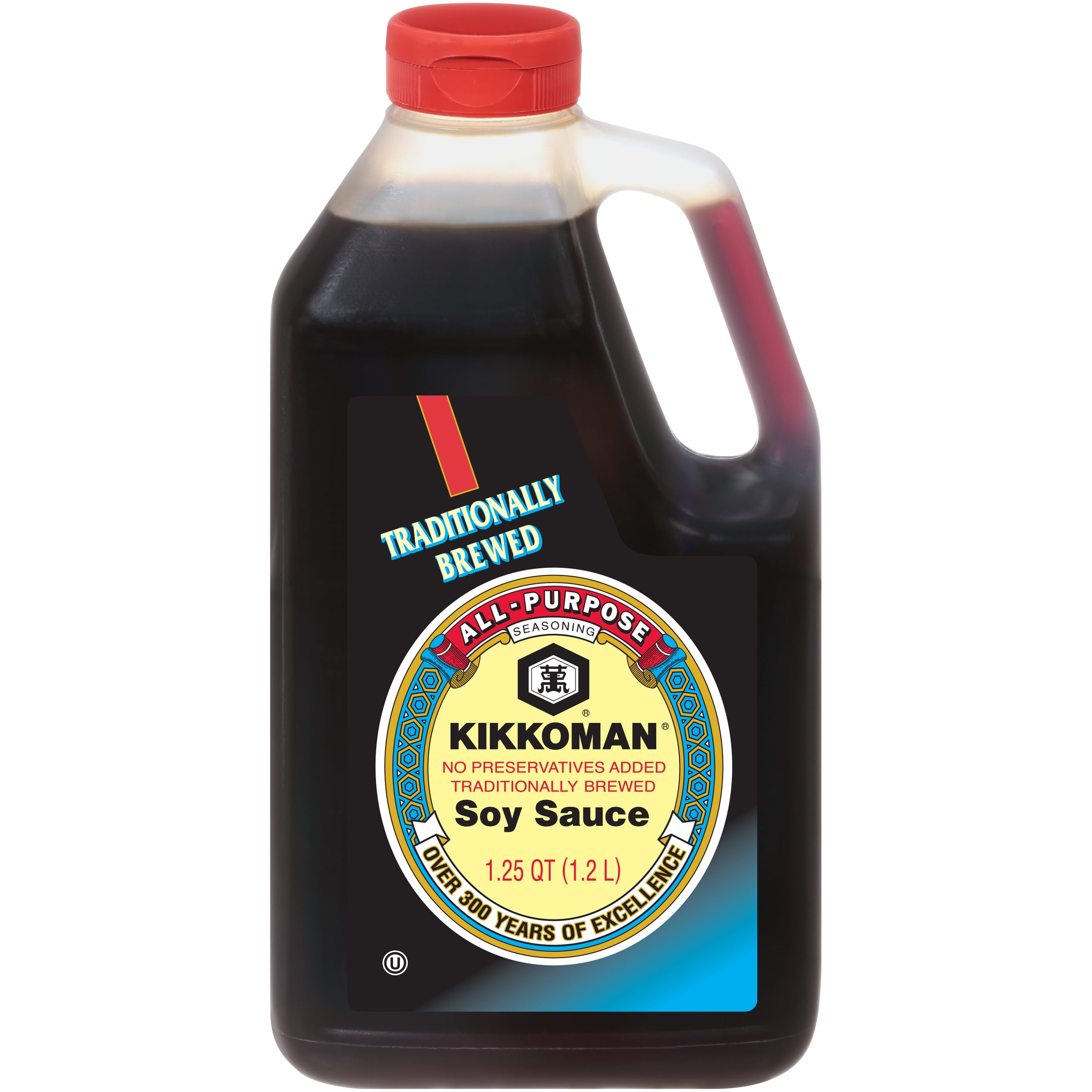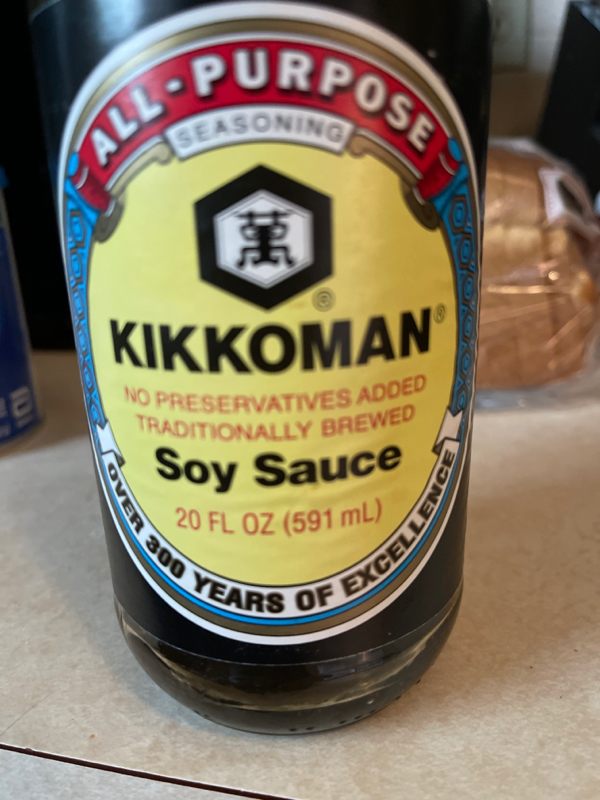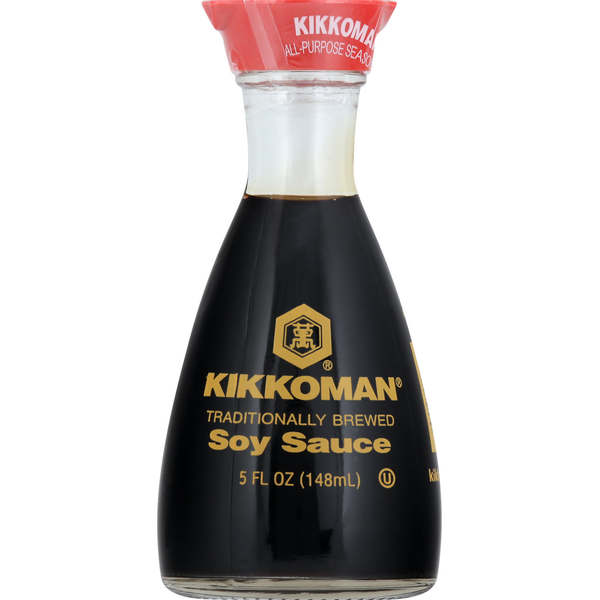CONDIMENTS AND SAUCES
Soy Sauce
Soy sauce is a versatile, salty condiment with origins in China, dating back over 2,500 years. It is widely used in Asian cuisine, particularly in Chinese, Japanese, and Korean dishes. Made from a combination of soybeans, wheat, salt, and a fermenting agent, soy sauce is appreciated for its umami flavor, which enhances the taste of proteins, vegetables, and rice-based dishes.
For home cooks and consumers, soy sauce can be used in various cooking techniques such as marinades, stir-fries, dressings, and dipping sauces. Available in different levels of darkness, flavor intensity, and saltiness, there is a soy sauce variety to suit every palette and culinary need.
36%
CARBS
4%
FAT
60%
PROTEIN
1,523 Soy Sauce Products
Used In 1,097 Recipes
4
Sensational Beef & Broccoli Stir Fry
4
Honey Garlic Chicken & Green Beans Stir Fry
5
Sweet 'n' Spicy Glazed Pork Chops
6
Crispy Chinese Chicken
4
Express Hibachi-Style Glazed Chicken
2
Maple-Garlic Chicken Stir Fry
5
Flavorful Veggie Ramen Delight
6
Zesty Chicken Zoodle Bowl
Soy Sauce Is Frequently Used With
Soy Sauce FAQ
Soy sauce, a rich, salty, savory, and slightly sweet condiment, is a stalwart of kitchens around the world, especially in Asian culinary traditions. Commonly used in marinades, stir-fries, dressings, and dipping sauces, soy sauce enhances the flavor of a wide variety of dishes. However, cooking with soy sauce requires some knowledge and finesse. For instance, adding it too early in the cooking process may result in an overly salty dish, because it concentrates as it cooks. At the same time, adding it too late might not allow the flavors to meld properly. The key is to know when and how much to use. Different types of soy sauces (like light, dark, tamari, or sweet) have specific uses in cooking, each adding a unique flavor profile to dishes. People often go wrong by using a type of soy sauce unsuitable for that dish or by substituting soy sauce with salt, which lacks the depth and complexity of flavor of soy sauce. To get the most out of soy sauce, ensure it is added at the right stage of cooking, use it sparingly as it is high in salt, and learn about the different types to allow its optimal use in various dishes. Interestingly, soy sauce might also be used as a means to rescue slightly burnt food: its sugars help to mask the taste of burnt food.
What does soy sauce add to cooking?
Can I cook soy sauce?
Is there a difference between light and dark soy sauce?
Can soy sauce replace salt?
How can I balance the saltiness of soy sauce in my dish?
Are all soy sauces the same?
Why do some recipes call for adding soy sauce at the end?
Can soy sauce be used in desserts?
Can I use soy sauce in place of Worcestershire sauce?
How do I pick the right soy sauce?
Expiration & Storage Tips
When does soy sauce expire?
Soy sauce is a pretty hardy condiment that can last a while, even outside of your refrigerator. Unopened, a bottle of soy sauce can be kept up to three years from the manufacturing date. If opened and kept in a cool, dry pantry, it might start losing its peak flavor around six months, but it's safe to consume for up to a year. If you keep your opened soy sauce in the fridge, it will retain its best quality for up to two years. If you're not sure how frequently you'll use it or better safe than sorry is your motto, it's alright to keep it in the fridge from the start. If you're freezing leftover soy sauce, it can last indefinitely but it's best to use it within a year for the best flavor.
How do you tell if soy sauce is bad?
Soy sauce is fermented and contains high salt content, which helps it resist spoilage. However, it can still change over time. Signs that your soy sauce may have gone bad include any visible mold, an off smell, or a change in texture. The sauce should be smooth, not clumpy. The flavor can also changes if it's past its prime - it may lose its unique umami touch and tastes more plain salt.
Tips for storing soy sauce to extend shelf life
• Store unopened bottles in a cool, dark, and dry pantry.
• Once opened, consider refrigerating it if you use it infrequently or live in a hot and humid place.
• Always ensure to close the bottle tightly after every use to prevent contamination.
• Consider transferring it to a glass bottle if the original packaging is metallic, because over time the soy sauce can react with the metal, leading to altered flavor.
• In case of large quantities, freezing in a sealed, airtight container can be a good option. Make sure to leave some space for expansion. For defrosting, just move it to the fridge a day before you need it.
EXPIRES WITHIN
2 - 3.6
YEARS
Equivalents
Substitutes
Health Info
Macros
0g
CARBS
0g
FAT
1g
PROTEIN
Allowed on these diets
LOW FAT
HIGH CALCIUM
VEGETARIAN
KETO
MEDITERRANEAN
LOW CARB
VEGAN
LACTOSE FREE
Contains these allergens
SOYBEANS
WHEAT

